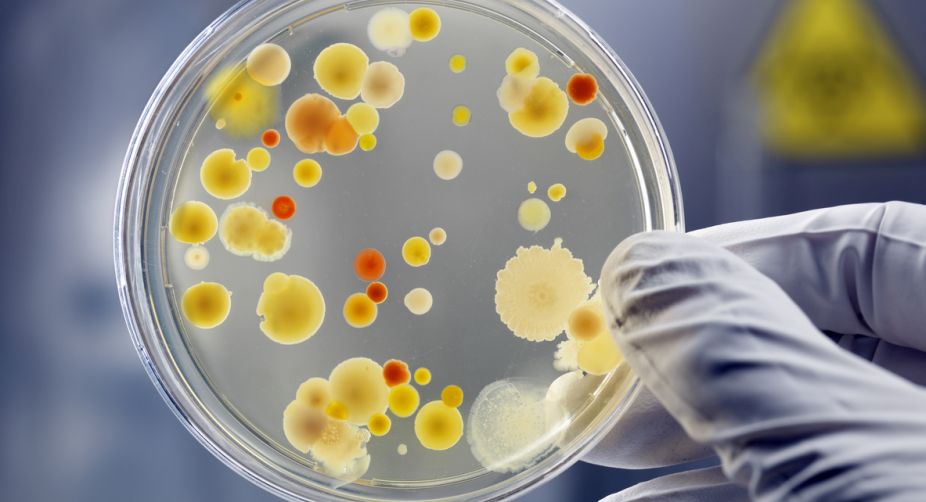Study decodes how drinking sugary beverages raises diabetes risk
A team of US researchers has decoded the role of gut microbes in increasing the risk of diabetes after consuming sugary drinks.

(Photo: Getty Images)
Researchers have converted a natural bacterial immune system into the world’s smallest data recorder, laying the groundwork for a new class of technologies that use bacterial cells for everything from disease diagnosis to environmental monitoring.
The researchers at the Columbia University Medical Center (CUMC) in the US modified an ordinary laboratory strain of the ubiquitous human gut microbe Escherichia coli, enabling the bacteria to not only record their interactions with the environment but also time-stamp the events.
Advertisement
“Such bacteria, swallowed by a patient, might be able to record the changes they experience through the whole digestive tract, yielding an unprecedented view of previously inaccessible phenomena,” said Harris Wang from the CUMC.
Advertisement
Other applications could include environmental sensing and basic studies in ecology and microbiology, where bacteria could monitor otherwise invisible changes without disrupting their surroundings, according to the study published in the journal Science.
Wang and his team created the microscopic data recorder by taking advantage of CRISPR-Cas, an immune system in many species of bacteria.
CRISPR-Cas copies snippets of DNA from invading viruses so that subsequent generations of bacteria can repel these pathogens more effectively.
As a result, the CRISPR locus of the bacterial genome accumulates a chronological record of the bacterial viruses that it and its ancestors have survived. When those same viruses try to infect again, the CRISPR-Cas system can recognise and eliminate them.
To build their microscopic recorder, the researchers modified a piece of DNA called a plasmid, giving it the ability to create more copies of itself in the bacterial cell in response to an external signal.
A separate recording plasmid, which drives the recorder and marks time, expresses components of the CRISPR-Cas system.
In the absence of an external signal, only the recording plasmid is active, and the cell adds copies of a spacer sequence to the CRISPR locus in its genome.
When an external signal is detected by the cell, the other plasmid is also activated, leading to insertion of its sequences instead.
The result is a mixture of background sequences that record time and signal sequences that change depending on the cell s environment.
The researchers can then examine the bacterial CRISPR locus and use computational tools to read the recording and its timing.
“Now we are planning to look at various markers that might be altered under changes in natural or disease states, in the gastrointestinal system or elsewhere,” said Wang.
Synthetic biologists have previously used CRISPR to store poems, books, and images in DNA, but this is the first time CRISPR has been used to record cellular activity and the timing of those events.
Advertisement